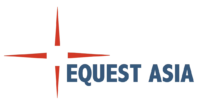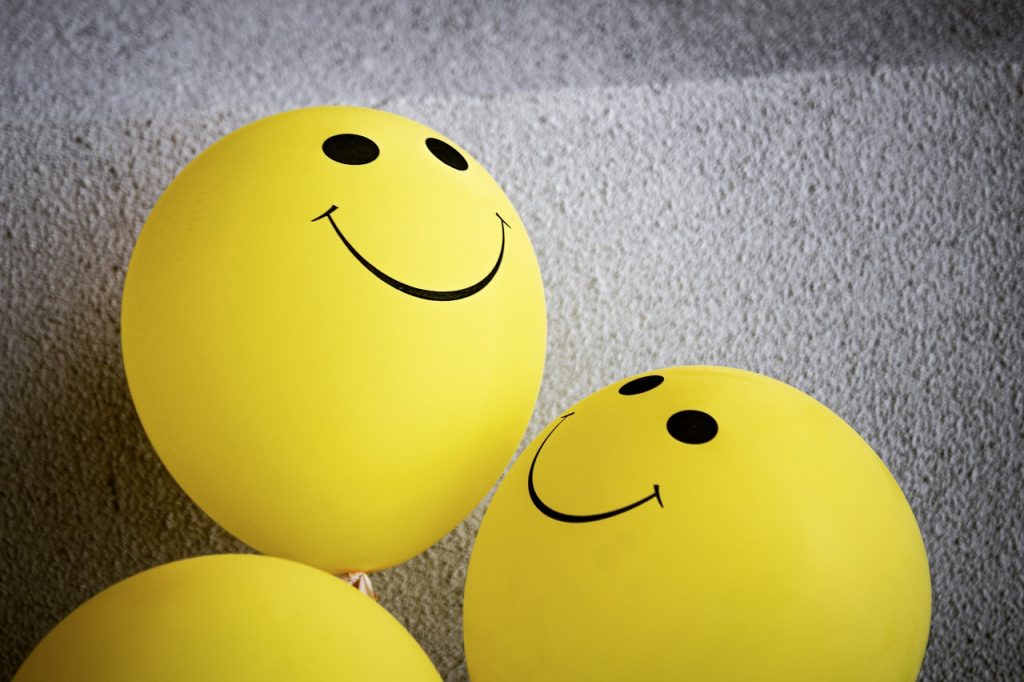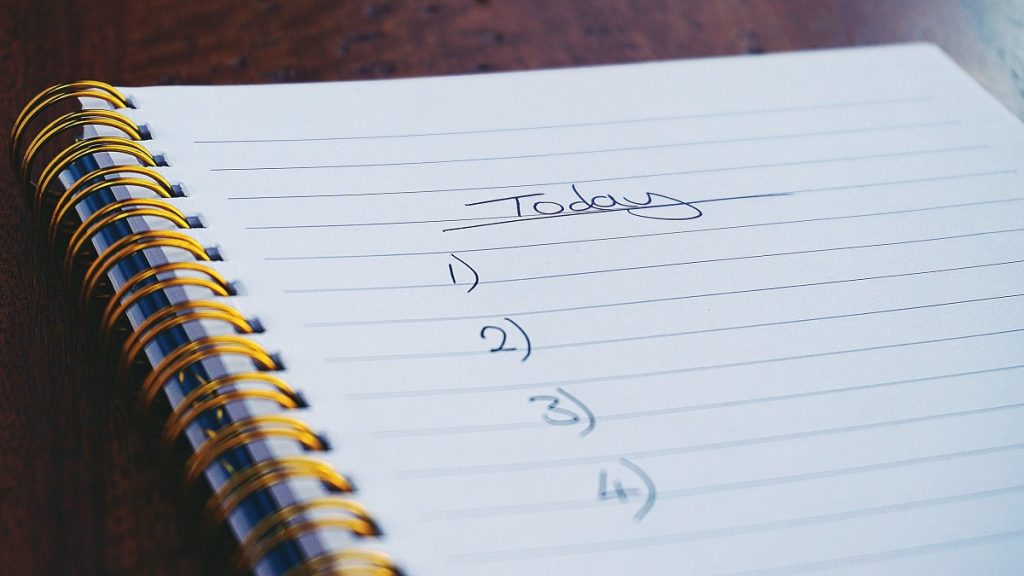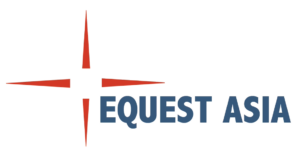People with High EQ Read Nonverbal Cues Better
Emotionally intelligent people are aware of the feelings of others because they practice empathy. They are also experts in picking up nonverbal cues. These include gestures, facial expressions and eye movements. Many assert that 65% of our communication is nonverbal. It’s not a hard and fast rule. There’s no denying we still need words to communicate. Body language support or contradict what we say or feel. People with high EQ quickly read but don’t rely on these alone to understand others. So what are these nonverbal cues emotionally intelligent persons perceive? Here are some common ones we see every day. The Eyes Say a Lot Paulo Coelho wrote, “The eyes are the mirror of the soul.” A real smile usually causes crow’s feet around the eyes. Also, eyes tend to close with genuine smiles. If someone is honest and sincere, they look you in the eyes. It’s also a sign of confidence. Conversely, shifty eyes tell a different story. But, expert liars intentionally hold eye contact to cover up their deceit. You’ve seen or heard of a cold stare. It often means a person is disinterested or maybe contemptuous. A blank stare could mean the person doesn’t understand or has lost interest in what you’re saying. Eye-rolling is a reaction to a disagreeable word or action. Glare or pain can cause a squint or narrowing of the eyes. So, don’t immediately assume a person you’re conversing with is expressing anger or contempt. There’s more but let me just caution you not to judge others solely based on their facial expressions. Listen to what they say and observe their overall body language. Proximity Let’s look back at our pre-pandemic times. A person who remains distant while you’re talking can be guarded or wary. Or, it might just be a personal space issue. Unless the person speaks, it’s hard to tell. But, it’s wise if you take note. An individual’s personal space varies from person to person. According to this, it’s between 1.5 to 4 feet. It would be wise if you always were sensitive to your audiences’ space. Your message is lost if they’re uncomfortable when you’re too near them. On the other hand, it’s apparent people are comfortable when they sit or stand close to you. They become more engaged and receptive to your message. However, with the pandemic, we are obligated to observe social distancing. Virtual meetings are now the norm. But still, we can’t avoid in-person interactions. The Arms, Legs, and Body People fold their arms across their bodies when they’re cautious or defensive. The same is true when legs are crossed. When they turn their body away from you, it’s often a negative sign. However, when people exhibit these, it may have nothing to do with you at all. Conversely, receptive people lean towards you. Arms and legs are relaxed. Sometimes, they mimic your body language. Their handshakes are firm, enhanced with genuine smiles. A high EQ is necessary to understand the emotions behind words and nonverbal cues. Most of the time, both complement each other. Having said this, it’s always wise to listen with your ears and eyes. It’s a holistic approach. Also, it’s why emotionally intelligent people communicate well.
People with High EQ Read Nonverbal Cues Better Read More »




